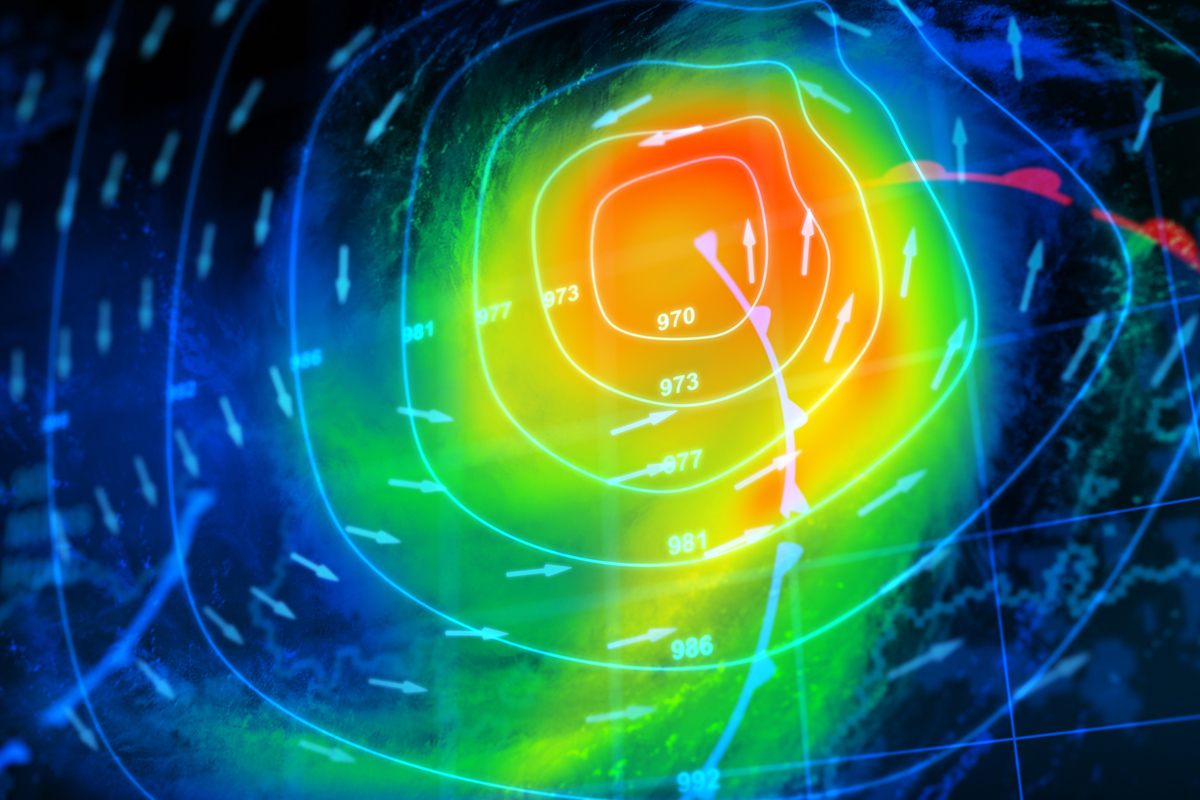The words “hurricane prep” often bring to mind visions of boarded-up windows, grocery store aisles cleared of bread and milk, and reminders to bring in loose items and head to the nearest shelter. But what about the people who are charged with responding to calls for help and helping manage public safety? What does it take for a fire department to get ready for a major storm?
While every department has its own specific protocols for preparing for a hurricane, most do at least some of the following:
Get Up-to-Date Forecasts
In most cases, the National Weather Service is part of the planning for major weather events, especially in cities with comprehensive emergency management organizations. Typically, emergency planners have conference calls with the NWS and local public safety departments to ensure that everyone is on the same page and knows what to expect. Some municipalities or departments even contract with independent weather forecasting companies to get even more localized forecasts and regular updates. Based on this information, the departments spring into action.
Assess Staffing
Many fire departments operate under “all hands on deck” when a hurricane is in the forecasts and cancel planned leave to ensure adequate staffing. Emergency managers and fire chiefs must determine shifts, who will work shifts, and how to handle mutual aid situations. Generally speaking, firefighters are called to work for at least three days in the event of a storm in order to prepare and respond. Emergency planners are expected to provide information to staff, including when and where to report, what to bring, and how they can remain in communication with their families during and after the storm.
Assess Accommodations
Calling in an entire staff often presents its own set of difficulties when it comes to housing everyone, and that’s without the added issue of potential damage to the firehouse or the need to evacuate out of the path of the storm. Managers must carefully consider how everyone will be accommodated, and if necessary, where staff will be housed for the duration. In many municipalities in hurricane-prone areas, the families and pets of first responders are also provided with shelter. In any case, emergency planners need to provide information for the responders and their families to be self-sufficient for several days after the storm, meaning they need to let them know what to bring in terms of food and supplies.
Assess Equipment
Fire chiefs and leaders need to be aware of what equipment is available and what can be accessed if necessary. Because some stations might be in a flood zone or an area expected to be especially hard hit, it may be necessary to relocate trucks or other equipment for the duration of the storm. A plan for managing equipment and ensuring adequate supplies in the event that equipment is damaged or destroyed is a top priority.
It’s also important to regularly test and inventory communications equipment. Social media is one form of communications technology used during emergencies, and ensuring first responders can properly use social media is important.
Coordinate With Other Agencies
A significant part of emergency planning is coordinating with other local agencies to plan the response. Fire departments may work with local law enforcement, medical providers, the National Guard, Coast Guard, and other agencies to develop transportation routes, share information, arrange shelter and other tasks. For example, the fire department might work with the public works department to close down roads leading to flooded areas, or they may work with law enforcement to ensure that they have a clear route to respond to an emergency. Communication is vitally important, and fire departments are a key part of the entire response team.
Make Medical Evacuee Plans
Many fire departments are also a primary provider of emergency medical services. When a hurricane is forecast and shelters are opened, individuals with medical conditions may request assistance with transport to the shelters. In addition, because most shelters are not staffed with medical personnel, EMS is likely to see a spike in calls for assistance to the shelters. Fire departments must plan for these surges, ensuring there is adequate staff and equipment to meet the increased needs.
Determine the “No-Go” Threshold
When conditions become too dangerous to respond, fire departments must have protocols in place in order to restrict unsafe operations. Generally speaking, when sustained winds reach 39 miles per hour or above, the possibility of flying debris creates unsafe conditions in which first responders will put calls “on hold” until conditions improve to a point where they can safely respond. The department’s policies on when they will and will not respond to calls need to be communicated to the public, as many individuals will attempt to “ride out” a storm, not realizing that they are not guaranteed help should conditions deteriorate past a certain point.
This is just a general overview of the preparations that fire departments make in the event of a hurricane. Without strong leadership experienced and trained in emergency management, the process will not go as smoothly, and the response will not be as well-coordinated. The good news is that first responders are constantly learning and preparing for the next disaster, and they’re focused on protecting lives and property. If you are interested in starting or advancing in a career in EMS administration, emergency management or fire science, learn more about Columbia Southern University’s degree programs.



